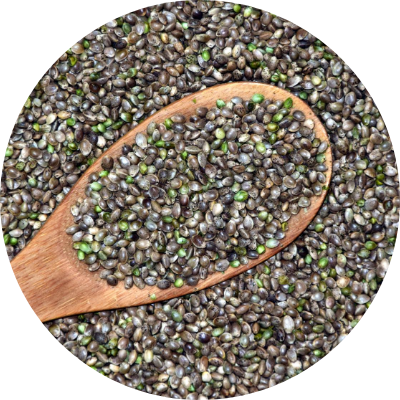Spoilt for choice
They just keep coming
Walking down the milk aisle is overwhelming these days. If you're anything like me when I first abandoned dairy milk, and if you're brave enough to venture into a health food store, be prepared to want to run screaming.
No need. We've tested the main contenders and even though we've found The One, it's never good to get complacent. We'll keep trying other options so check this page regularly for updates and the lowdown on new kids we find on the block/aisle.
But first, some context
Dairy milk is naturally white, creamy, tasty and nutritious.
Additives in alternatives make them:
- White. Let's face it, yellow or brown milk does not look appetising.
- Creamy. In their natural form alternatives are 90%+ water and dilute instead of enrich.
- Not awful. They range in taste from naturally terrible to acceptably bland to pretty good.
- More healthy. With only up to 10% of the main ingredient, they are neutral in health terms
Calcium carbonate is added for whiteness and opacity, and it gives us a little dose of calcium. While there's no reason alternatives should perfectly mimic milk, why not get some calcium with your creamy coffee? But with additives like calcium carbonate, other fortifying nutrients, thickeners, sweeteners or additives, alternatives cannot be certified as organic.
What's the point for you?
As a general rule, foods are healthier and more nourishing the more natural they are. But let's face it. It isn't very natural to milk a pea. For me, milk alternatives fit right into the original concept of cooking and baking. Long before molecular gastronomy (what's that? →) became a thing, everyday housewives, michelin starred chefs and, in my imagination, backyard amateur inventors were discovering new ways to use and combine ingredients. The history of optimising food goes all the way back to cavemen!
To me, the point is what you want from the food you eat. I want creamy coffee, painless dessert, bread that doesn't make me burp and to have as positive an impact as I can on my world. I also don't want to be duped into paying more than I should.
With that in mind, I'm less interested in the label compared to the story behind it and purity is pointless to me if it doesn't bring a specific benefit. But you'll need to decide for yourself.

Food, like all love...
...is personal.
We've tried:

Oat
Win!

Coconut
Win!

Soya
Meh - watery

Almond
Ugh - issues

Hemp
Meh - bland
Oats are a sustainable crop that can be grown anywhere so has less carbon impact from transportation and they contain a range of nutrients. Oatly Barista tastes great in coffee. Other brands' taste detracts a bit from the coffee taste and non-professional versions split in hot drinks (i.e. it looks weird). All oat milks work really well as a milk replacement for cooking and baking.
Coconuts are a sustainable crop where they are grown but, being tropical, transportation means higher carbon impact. Coconut milk changes the coffee taste, in my opinion for the better! Bestie disagrees as she likes an unadulterated coffee taste and only has coconut when she's in the mood for something different.
Soya milk is a sustainable crop only when it is responsibly farmed. The massive uptick in demand due to the growth in vegetarian and vegan trends has devastated rainforests in South America. If it still needs to travel there's a higher carbon impact compared to organic soy milk, which is usually made with Europe-grown soya. Then, there are possible mild hormonal effects from the phytoestrogens in soya that mimic the effect of oestrogen. This isn't confirmed to be a problem, but all this for a very mediocre taste that tends to make coffee a bit watery. Most soya milk has sugar, thickeners and other additives - makes me wonder what on earth it's like au naturale. Not my preference, I'd rather go black, but bestie prefers it as a second option when she's in the mood for creamy coffee.
Almond milk hit the big time as almonds are considered a nutrient-packed superfood, plus it sounds fancy to order an "iced almond milk latte, thanks love". It takes around 400L of water to make a litre of almond milk, which is much better than the 1000L for dairy. But the problem is that almost all that water impact is in California where about 80% of the world's almonds come from. Along with devastating wildfires, California is also ravaged by drought and can't really afford to feed the almond fashion trend. On top of that, most almond milk actually tastes terrible in coffee! Some may claim otherwise but in my opinion that's a case of mind over matter. Bestie claims to have had an exquisite almond milk cappuccino once at Truth in Cape Town. But neither she nor them have since been able to prove the, well, truth of it.
Hemp is a sustainable crop with a load of nutrients as well as other possible health benefits, although not those associated with CBD (cannabinoids - one of the mind-altering components in Mary Jane). Much to the despair of law enforcement in countries where it's banned, it can easily be grown anywhere. The main downside is that it's more expensive than oat milk but I find it bland and a bit watery and therefore not worth it.
Next up:
- The nutters: hazlenut (sounds delish), peanut, tiger nut, walnut and cashew
- The grain train: Rice, spelt, quinoa
- So random: Pea milk


